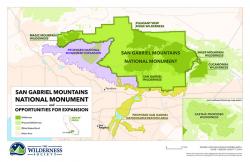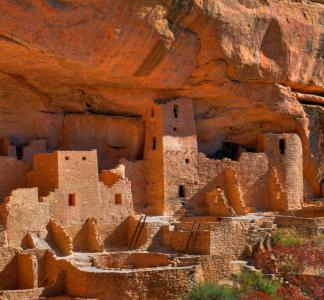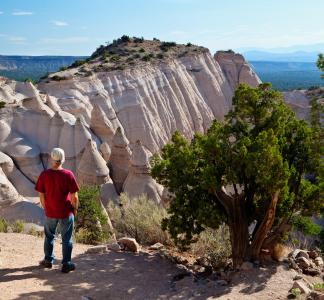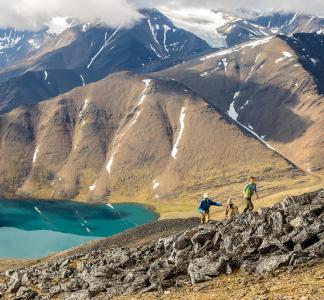Michael Gordon
San Gabriel Mountains are Los Angeles’s last remaining wilderness spaces
Framing the Los Angeles skyline, the San Gabriel Mountains provide a recreational “backyard” for the 17 million people who live within a 90-minute drive.
These mountains supply one-third of L.A. County’s water and 70 percent of its open space. Fresh air, clean water and scenic views of majestic rugged peaks give respite to the four million visitors who visit these mountains annually.
Home to endangered wildlife, cultural and historical sites, it is rare Mediterranean ecosystem found only in three percent of the world.
On October 10, 2014 President Obama designated the San Gabriel Mountains National Monument, safeguarding roughly 350,000-acres of land, rich in historical and recreational resources.
The San Gabriel Mountains provide critical habitat for species like the California condor, mountain yellow-legged frog and Nelson’s bighorn sheep.
The threat
The Los Angeles area suffers from a critical lack of parks, putting pressure on the San Gabriel Mountains as a destination for locals to enjoy the outdoors. The San Gabriel Mountains National Monument is increasingly vulnerable to irresponsible recreation and overuse.
The monument has limited visitor facilities and a lack of multilingual/multicultural visitor services and trail signage. As a result, there are persistent problems with trash and graffiti. Lack of public transportation to the national monument also results in congestion along winding roads and overcrowded parking areas. Without a car, many visitors have no way to reach the monument.
The San Gabriel River corridor and Chino Hills - Puente Hills region could provide important connections to the mountains, but there are few parks or interconnected opportunities for urban residents to walk, bike or enjoy nearby natural areas. Community engagement and management improvements are needed to meet the growing demand for outdoor recreation in the urban national monument and its river corridors.
What we're doing
-
Advocating for expansion
Working to expand the national monument and create a national recreation area along the San Gabriel River and Puente Hills.
-
Asking for new designations
Seeking additional protections in the San Gabriel Mountains through Wilderness and Wild and Scenic Rivers designations.
-
Speaking up for the San Gabriel Mountains
Seeking to ensure that the U.S. Forest Service meets the recreational needs of visitors while protecting the San Gabriel Mountains’ unique ecological and cultural features.
-
Creating new leaders
Building the next generation of diverse environmental stewards to protect public lands through our Leadership Academy advocacy training program.




